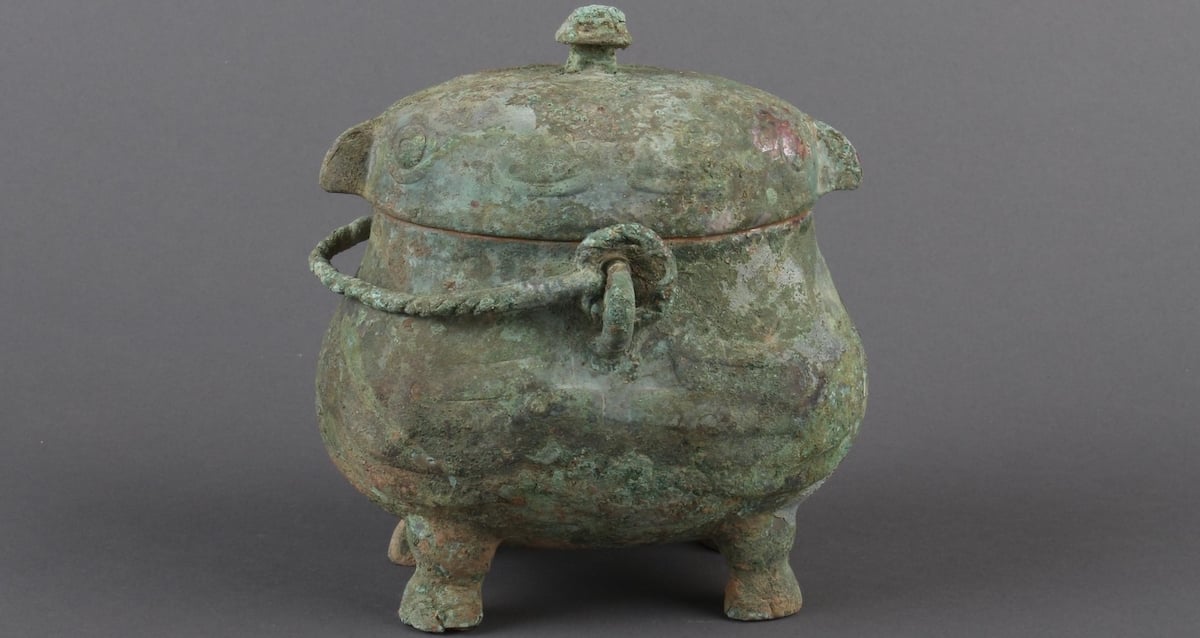“Ancient Secrets Unveiled: 3,000-Year-Old Liquor Discovered in Mysterious Owl Vessel from Shang Dynasty Tomb!”
Imagine unearthing a time capsule of sorts, but instead of old postcards and fading photographs, you find a bronze vessel filled with China’s oldest known distilled liquor. Yep, that’s a real thing! Hidden for over 3,000 years, this owl-shaped vessel, discovered in a Shang Dynasty tomb, has sparked both excitement and mystery among historians and archaeologists. How did they craft this ancient brew? Was it a cheeky concoction from fruits, rice, or something more perplexing? While experts have traced this spirit back to the late second millennium B.C.E., the exact method of its creation remains cloaked in enigma. So pour yourself a drink—ideally not of this ancient liquor, as we explore a fascinating chapter in China’s history that redefines our understanding of distilling. Intrigued? Come along for the ride and get the full scoop! LEARN MORE.
While experts known that this distilled spirit dates to the Shang Dynasty period in the late second millennium B.C.E. and that it was likely made from fruit or rice, little is certain about how it was created.
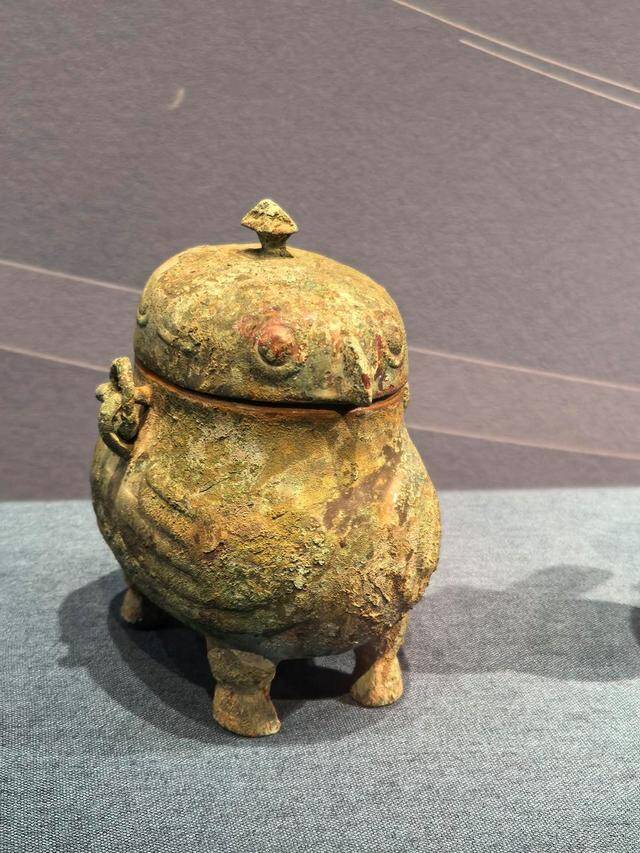
The Archaeology Institute of Jinan CityThe ancient owl-shaped vessel containing China’s oldest-known distilled liquor.
For more than 3,000 years, China’s oldest-known distilled spirit remained hidden inside a bronze, owl-shaped vessel unearthed within a Shang Dynasty tomb.
Discovered in 2010 in Jinan, China, the vessel contained a mysterious clear liquid. After 15 years of preservation and study, it was, in 2024, identified as distilled liquor — the earliest-known example in China’s history.
This remarkable discovery has pushed the history of liquor production in China back by more than a millennium.
The Discovery Of The Oldest Liquor In Chinese History
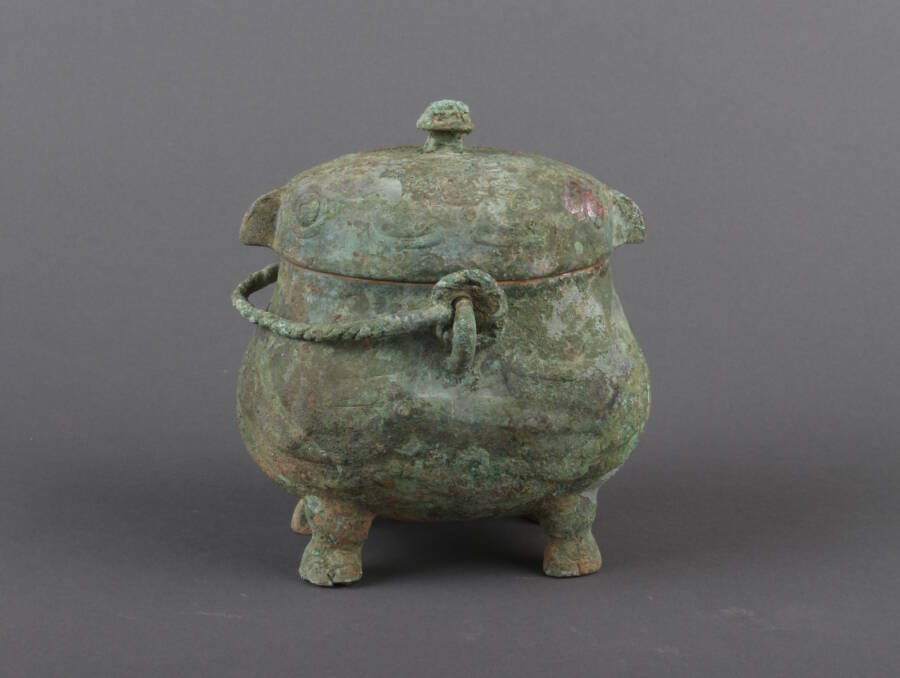
The Archaeology Institute of Jinan CityThe back of the Chinese vessel.
In December 2010, archaeologists from the Jinan Institute of Archaeology found a bronze, owl-shaped vessel at the Daxinzhuang burial site in Jinan, Shandong Province. Located in Tomb M257, the container was in remarkably good condition and stood out as one of only a few owl vessels ever discovered in the province.
Researchers discovered that the vessel dates back more than 3,000 years, to the Shang Dynasty period of 1600 to 1046 B.C.E..
At the time of the vessel’s discovery, archaeologists noted that it contained a small amount of clear liquid but were unable to completely open it due to the corrosion of the lid.
At the time of its burial, the vessel was tightly sealed and not fully oxidized. A thick layer of rust glued the two pieces together, making it difficult for researchers to analyze its contents without harming this historic artifact.
After 14 years, researchers carefully separated the lid from the rest of the container, finally revealing its contents in their entirety.
The mysterious liquid was sent to the International Joint Laboratory of Environmental and Social Archaeology Research at Shandong University for examination. Its examination revealed the presence of water, ethanol, ethyl acetate, and other distillation products.
However, it did not contain sugar proteins or organic acids used in fermented fruit and rice wine. Researchers were ecstatic to hear that the liquid was most likely distilled liquor, the oldest ever found in China.
“Fruit wine and rice wine made by fermentation without distillation contain sugar and proteins in addition to ethanol. However, the liquid found this time does not contain sugar or proteins, which confirms that it is a distilled liquor,” Wu Meng, an associate researcher at the Shandong laboratory and leader of the study, explained to News China.
The Early History Of Distilling In Ancient China
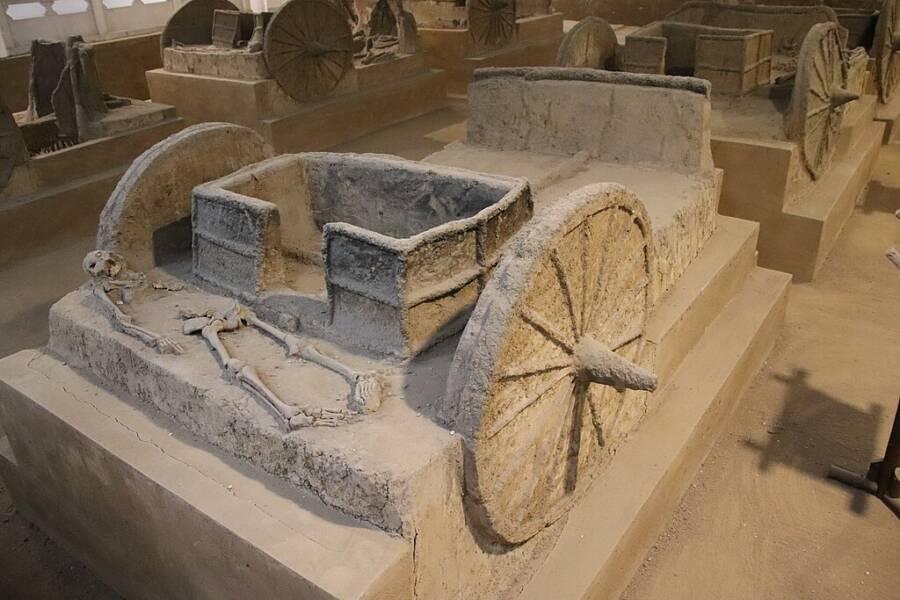
Public DomainThe Shang Dynasty is renowned for its technological advancements, including the use of bronze weaponry and the introduction of war chariots, such as this example from 1200 B.C.E.
The Shang Dynasty is best remembered as the first archaeologically-rich dynasty in Chinese history. Historians tend to point to this dynasty as the beginning of traditional Chinese history, a theory supported by archaeological findings and ancient writings.
The earliest examples of Chinese writing originate in this dynasty alongside ceramics made of bronze, jade, and stone that still survive to this day.
However, one thing the Shang Dynasty was not known for was the making of distilled liquor. While wine-making dates as far back as the Neolithic period (7000 B.C.E. – 1700 B.C.E.), distilled liquor remained unseen until roughly 2,000 years ago. Historians believed that distilled spirits were brought to China through trade and created domestically beginning in the Han Dynasty (202 B.C.E. – 220 C.E.).
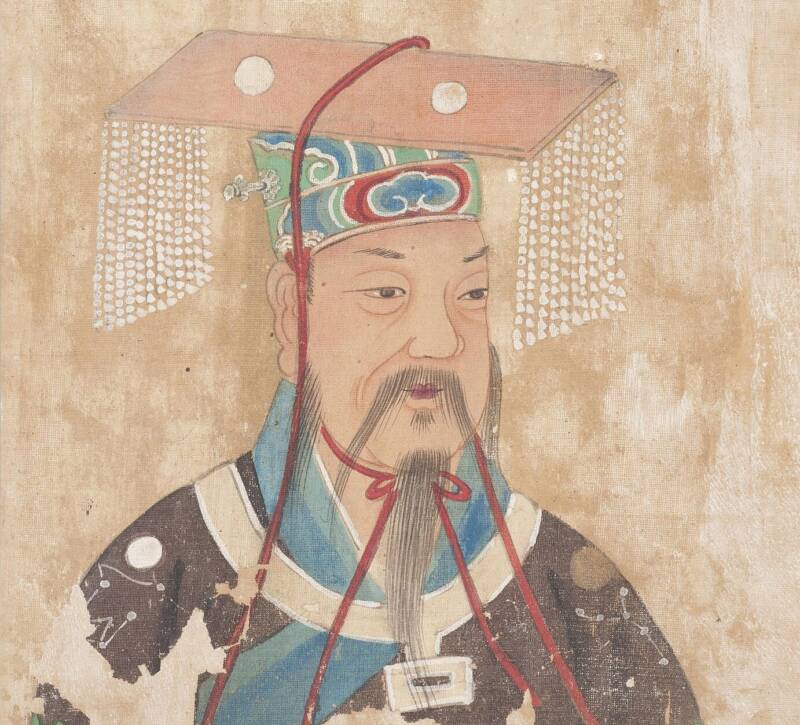
Wikimedia CommonsCheng Tang, the first king of the Shang Dynasty.
This most recent finding has turned this belief on its head, pushing back the creation of distilled liquor in China by at least 1,000 years.
“The origin of distilled liquor in China has always been an important topic in the study of the history of science, technology, and wine culture in the country,” Wu Meng commented.
